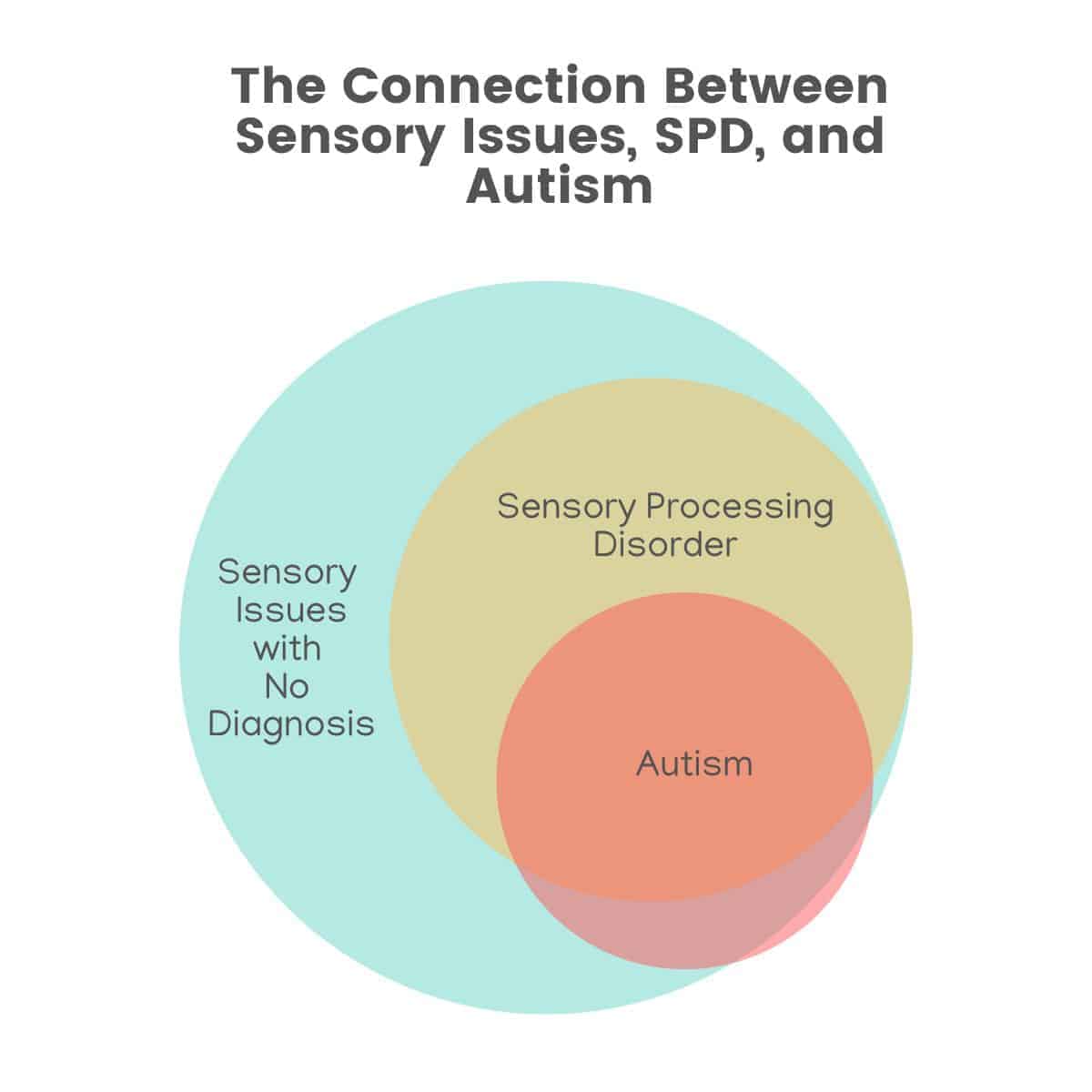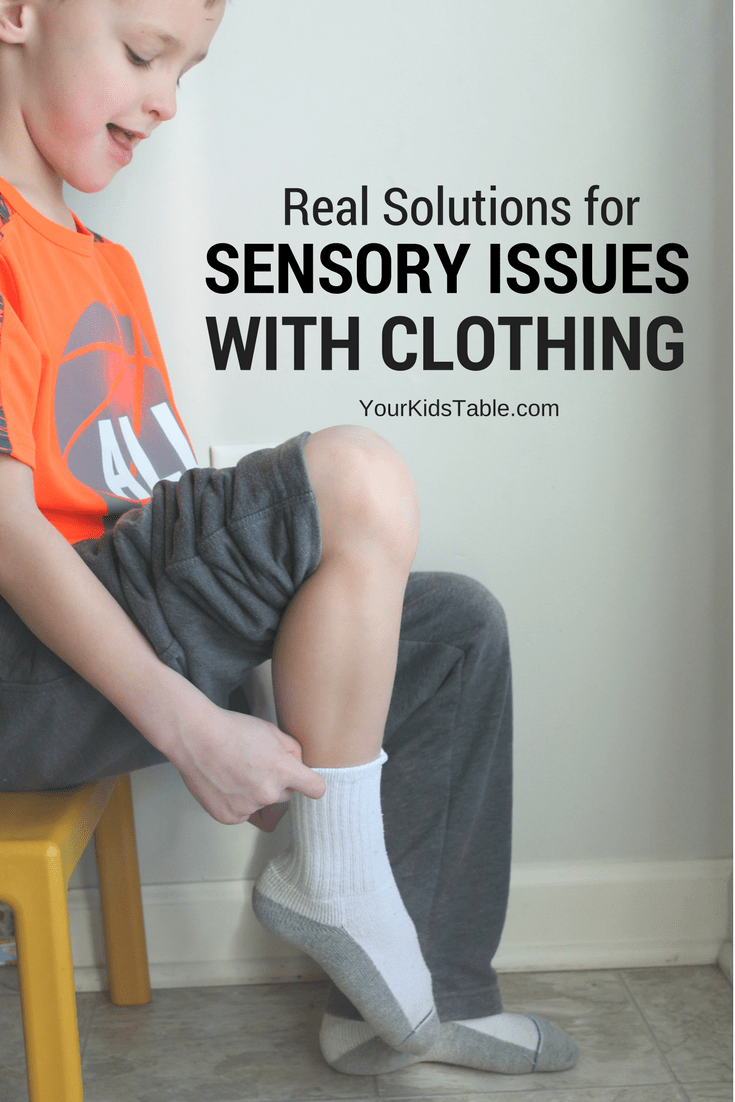Toddlers often resist wearing clothes. It’s a common concern for many parents.
Understanding why your toddler hates wearing clothes can be challenging. Toddlers are exploring their world and asserting independence. They may find clothes uncomfortable or restrictive. Sensory issues can also play a role. Some toddlers dislike certain fabrics or tags. Others simply prefer the freedom of being naked.
Knowing the reasons behind this behavior helps address it effectively. In this blog post, we’ll explore the possible reasons your toddler resists clothes. We’ll also share tips to make dressing easier for both you and your child. Let’s dive into understanding this common toddler behavior.
Toddler Clothing Struggles
Getting your toddler dressed can be a daily struggle. Many parents face this challenge. Understanding why toddlers resist clothing helps ease the process. Let’s explore some common challenges and parental concerns.
Common Challenges
There are several reasons why your toddler might dislike wearing clothes. These challenges can vary from one child to another.
- Comfort: Toddlers are sensitive to how clothes feel. Rough fabrics or tight clothes can irritate them.
- Independence: They want to assert their independence. Saying “no” to clothes is a way to show control.
- Sensory Issues: Some toddlers have sensory processing issues. Tags, seams, and certain fabrics can be overwhelming.
- Temperature Sensitivity: They might feel too hot or too cold. Their preference can change quickly.
- Distraction: Toddlers are easily distracted. They might want to play instead of getting dressed.
Parental Concerns
Parents often worry about their child’s clothing struggles. These concerns are valid and worth addressing.
- Health: Ensuring your child stays warm or cool enough is important. Dressing appropriately for the weather is crucial.
- Public Appearance: Parents worry about how others perceive their child’s attire. It can be stressful in social situations.
- Routine: Establishing a daily routine can be challenging. Morning battles over clothes can disrupt the entire day.
- Self-Esteem: Parents want their children to feel good about themselves. Clothing choices can impact a child’s confidence.
Addressing these concerns requires patience and understanding. Finding a balance that works for both you and your toddler is key.
Developmental Stages
Understanding why your toddler hates wearing clothes can be confusing. Often, the reason lies in their developmental stages. At this age, children experience many changes. These changes impact their behavior and preferences.
Sensory Sensitivities
Toddlers have heightened senses. Clothes can feel uncomfortable or irritating. Some fabrics might be too scratchy. Tags and seams can be bothersome. This is called sensory sensitivity. It is common in toddlers. They react strongly to textures and sensations.
Consider these common issues:
- Scratchy fabric
- Tight-fitting clothes
- Tags and labels
Observing your child’s reactions helps. Choose soft, tagless clothes. Look for loose-fitting options. This can make dressing easier.
Autonomy And Independence
Toddlers crave independence. They want to make choices. This includes what they wear. Refusing clothes is a way to assert control. It’s a normal part of growing up.
Encourage their independence:
- Offer limited choices. For example, “Do you want the blue shirt or the red one?”
- Let them help with dressing. They can put on their socks or choose their shoes.
- Praise their efforts. Positive reinforcement encourages good behavior.
Giving them some control can reduce clothing battles. It builds their confidence and skills.
Sensory Processing Issues
Many toddlers resist wearing clothes due to sensory processing issues. These issues occur when their brain has trouble receiving and responding to sensory information. Clothing can feel overwhelming to them. The texture, tightness, or even tags can cause discomfort. This leads to tantrums and refusal to wear clothes.
Signs To Watch For
Observe your toddler for signs of sensory processing issues. They may pull at their clothes or remove them often. They might complain about the feel of certain fabrics. Tagless clothing may still bother them. They might prefer loose or very soft clothes. Watch if they avoid certain activities that require specific clothing.
Possible Solutions
Try different fabrics to find what your toddler prefers. Cotton is usually a safe choice. Make sure clothes fit well but are not too tight. Remove tags or buy tagless clothes. Wash new clothes multiple times to soften them. Allow your toddler to choose their own clothes. This can give them a sense of control. Create a clothing routine to help them adjust. Patience and consistency are key. Some toddlers may need more time to adapt.

Credit: yourkidstable.com
Comfort And Fit
Understanding why your toddler hates wearing clothes often boils down to comfort and fit. Toddlers are sensitive to how things feel on their skin. If their clothes are uncomfortable, they will resist wearing them. Ensuring your child’s clothes are comfortable and fit well can make a big difference.
Choosing The Right Fabrics
The fabric of your toddler’s clothes is crucial. Soft, breathable materials like cotton are ideal. They feel gentle on sensitive skin. Avoid fabrics that are itchy or stiff. Toddlers dislike rough textures. Natural fabrics are often better than synthetic ones. They allow the skin to breathe. This reduces the chance of irritation.
Importance Of Proper Fit
Proper fit is just as important as fabric. Clothes that are too tight can restrict movement. Loose clothes can be annoying and get in the way. Find the right balance. Your toddler’s clothes should be snug but not tight. They should allow for easy movement.
Check the fit regularly. Toddlers grow quickly. What fits today may be too small in a few months. Adjust the size as needed. Comfortable, well-fitting clothes make dressing less of a battle.
Personal Preferences
Many toddlers develop strong personal preferences when it comes to clothes. These preferences can dictate their willingness to wear certain items. Understanding these preferences can make dressing your toddler easier and more enjoyable for both of you.
Favorite Colors And Patterns
Toddlers often have favorite colors and patterns. They might prefer certain hues or designs. For instance, a toddler might love bright red shirts or shirts with animal prints. Knowing their favorite colors and patterns can help you select clothes they are more likely to wear.
Consider creating a simple table to track their favorites:
| Color | Pattern |
|---|---|
| Red | Animal Prints |
| Blue | Stripes |
| Yellow | Polka Dots |
Involving Toddlers In Choices
Involving toddlers in the choice of their clothes can be very effective. Let them pick from a selection of pre-approved outfits. This gives them a sense of control and can reduce resistance.
Here are some tips:
- Lay out two or three outfits and let them choose.
- Ask for their opinion on what they want to wear.
- Make a game out of selecting clothes.
By involving them in the decision-making process, you validate their preferences and make dressing up a fun activity.
Creating A Routine
One of the biggest challenges parents face is getting their toddlers to wear clothes. Creating a routine can help make this easier. Routines provide structure and predictability, which toddlers thrive on. When you establish a clear routine, your child knows what to expect and when to expect it.
Consistency Is Key
Consistency helps toddlers feel safe and secure. Choose a specific time for dressing every day. Make sure this time is the same each day. This can be after breakfast or after their morning bath. The key is to stick to this schedule.
Inconsistent routines can confuse your toddler. For example, if you dress them before breakfast one day, and after breakfast the next, it becomes a struggle. Keeping the same sequence helps.
Incorporating Fun Elements
Make dressing up fun. Incorporate elements that your toddler enjoys. Use their favorite toys or games. For instance, you can turn it into a game of “dress-up” with their favorite characters.
Sing songs while dressing them. This can distract them from the task and make it enjoyable. Use positive reinforcement. Praise them or give them a small reward when they cooperate.
Here are a few ideas to make dressing up fun:
- Let them choose between two outfits.
- Use a sticker chart to track their progress.
- Read a short story about getting dressed.
Remember, the key is to make the process enjoyable and stress-free. The more fun and consistent you make it, the easier it becomes for both you and your toddler.
Positive Reinforcement
Positive reinforcement can make a big difference with toddlers. It helps them feel good about wearing clothes. Instead of focusing on the struggle, reward good behavior. This approach can change their attitude.
Reward Systems
Create a reward system to encourage your toddler. Use stickers, small toys, or extra playtime. Give a reward each time they wear clothes without fuss. Keep the rewards simple and immediate. This helps them understand the connection.
Encouraging Participation
Let your toddler choose their clothes. This gives them a sense of control. Offer two or three options to avoid overwhelming them. Involve them in shopping for new clothes. They will feel proud to wear something they picked out.
Praise them for getting dressed. Make it a fun activity. Sing a song or play a game while dressing. This positive experience encourages them to participate willingly.

Credit: yourkidstable.com
Modeling Behavior
Children learn a lot by watching adults. Modeling behavior is key in teaching toddlers. They mimic what they see. So, if your toddler sees you enjoying your clothes, they might follow suit. This can make a big difference.
Leading By Example
Make getting dressed a fun activity. Show your toddler how you put on your clothes. Use simple words and actions. Smile and laugh. This will make the process enjoyable. They will see that wearing clothes is part of daily life.
Here are some tips:
- Get dressed together.
- Talk about your clothes.
- Let them choose their outfit.
Using Sibling Influence
If your toddler has older siblings, use them as role models. Siblings can have a big impact. Toddlers often look up to their older brothers and sisters.
Here are some strategies:
- Encourage older siblings to dress up with the toddler.
- Make it a group activity.
- Praise the older sibling when they dress themselves.
This can motivate your toddler to do the same. It creates a sense of teamwork and fun.
Dealing With Tantrums
Dealing with tantrums can be overwhelming, especially when your toddler refuses to wear clothes. It’s a common issue that many parents face. The key is to stay calm and use effective distraction techniques. Let’s explore how to handle these situations better.
Staying Calm
It’s essential to remain calm during your toddler’s tantrum. Losing your temper can make the situation worse. Take deep breaths and count to ten. This helps you stay composed. Speak in a soft, soothing voice. Your calmness can have a positive effect on your child.
Another helpful tip is to avoid arguing with your toddler. They might not understand your reasoning. Instead, try to distract them. Let’s discuss some effective distraction techniques next.
Effective Distraction Techniques
Distraction can be a powerful tool. Here are some techniques to try:
- Offer a Toy: Give them their favorite toy or a new one to play with.
- Sing a Song: Singing a familiar song can grab their attention.
- Show a Picture Book: Flip through a picture book together and talk about the images.
- Play a Game: Simple games like peek-a-boo can be very effective.
Using these techniques can help redirect your toddler’s focus. It’s about finding what works best for your child. Remember, patience and consistency are key.
Addressing Anxiety
Addressing anxiety is crucial when understanding why your toddler hates wearing clothes. Anxiety can make your child feel uncomfortable and stressed. It is essential to recognize and address these feelings to help your child feel more at ease.
Identifying Triggers
Observe your child closely to identify what triggers their anxiety about clothes. It could be the texture of the fabric, tightness, or tags on clothing. Notice if your child reacts negatively to specific garments or materials. Pinpointing these triggers will help you understand and address their discomfort.
Creating A Safe Environment
Ensure your child feels safe and comfortable when trying on clothes. Create a calm, soothing environment free from distractions. Allow your child to choose their clothing to give them a sense of control. This can make the process less stressful and more enjoyable for them.
Offer praise and encouragement when they do wear clothes. Positive reinforcement can help reduce their anxiety over time. Be patient and understanding, as it may take time for your child to feel comfortable.
Professional Advice
Understanding why your toddler hates wearing clothes can be challenging. Consulting with a professional can provide valuable insights. Experts can identify underlying causes and offer practical solutions. This section will cover when to seek help and the benefits of consulting pediatric experts.
When To Seek Help
Not all clothing issues need professional intervention. Observe your child’s behavior. If your toddler shows extreme distress, it might be time to seek help. Watch for signs like tantrums, physical discomfort, or refusal to wear any clothes.
Also, consider if the issue affects daily life. If dressing your toddler becomes a daily battle, consult an expert. Consistent problems may indicate sensory processing issues or other underlying conditions. Early intervention can make a big difference.
Consulting Pediatric Experts
Pediatricians can provide valuable advice. They understand child development and can identify potential issues. A pediatrician might recommend seeing a specialist. Occupational therapists can help with sensory processing problems. Therapists work with children to develop coping strategies.
Behavioral therapists can also be helpful. They address emotional and behavioral aspects of clothing refusal. Therapy can teach toddlers to feel comfortable in clothes. Seeking professional advice ensures your child receives the right support. It also eases the stress on parents.
Remember, every child is unique. What works for one might not work for another. Professional advice can be tailored to your child’s specific needs. Trust the experts to guide you and your toddler through this challenge.
Alternative Solutions
Dealing with a toddler who dislikes wearing clothes can be challenging. Parents often look for alternative solutions that can help their child feel more comfortable while ensuring they remain appropriately dressed. Here are some practical approaches you can try.
Clothing-free Zones
Designate a specific area in your home where your toddler can be without clothes. This can be a safe space where they feel free and relaxed. The living room or their bedroom can work well. Make sure the environment is warm and secure. This way, your child has a place to be themselves without restrictions.
Using Comfortable Alternatives
Sometimes, toddlers dislike clothes because they feel uncomfortable. Opt for soft, breathable fabrics like cotton. Avoid tight or scratchy materials. Elastic waistbands can be a good choice for pants. They are easy to put on and take off. Choose clothing with simple designs and no tags. This can reduce irritation and make dressing less stressful.
Another option is to let your child choose their clothes. This gives them a sense of control. Lay out a few options and let them pick. It can make the process of getting dressed more fun and engaging. Offering choices can also help your toddler feel more involved and less resistant.
Maintaining Patience
Maintaining patience while dealing with a toddler who hates wearing clothes can be challenging. It’s essential to remember that toddlers are exploring their independence. They are learning about their preferences and boundaries. This phase requires understanding, empathy, and lots of patience from parents.
Understanding Toddler’s Perspective
Toddlers often dislike wearing clothes for various reasons. They may feel restricted by them. They might also find certain fabrics uncomfortable or itchy. Sometimes, they just want to assert their independence. Understanding these reasons helps in addressing their concerns more effectively.
Self-care For Parents
Parenting a toddler can be exhausting. Taking care of yourself is crucial. Find moments to relax and recharge. This will help you stay calm and patient. Remember, it’s okay to ask for help. You don’t have to do everything alone.
Maintaining a sense of humor can also be beneficial. Laughing at the situation can relieve stress. It helps you see things from a lighter perspective. This positive attitude can make a big difference in your parenting journey.

Credit: www.oviahealth.com
Frequently Asked Questions
Why Does My Toddler Refuse To Wear Clothes?
Toddlers seek independence. Clothes can feel restrictive. Sensory issues also play a role.
How Can I Encourage My Toddler To Wear Clothes?
Offer choices. Make it fun. Use positive reinforcement. Be patient and consistent.
Are There Sensory Reasons Toddlers Dislike Clothes?
Yes. Some toddlers find clothes itchy or tight. Soft, tag-free fabrics can help.
What Should I Do If My Toddler Hates Getting Dressed?
Create a routine. Use distractions like songs or toys. Stay calm and patient.
Conclusion
Understanding why your toddler hates wearing clothes helps you handle the situation better. Provide choices to make dressing up fun for them. Be patient and calm; your child will eventually adapt. Every child is unique, and their preferences vary. Creating a positive experience around clothing can make a big difference.
With time, your little one will feel more comfortable in clothes. Keep these tips in mind to ease the process for both of you.







